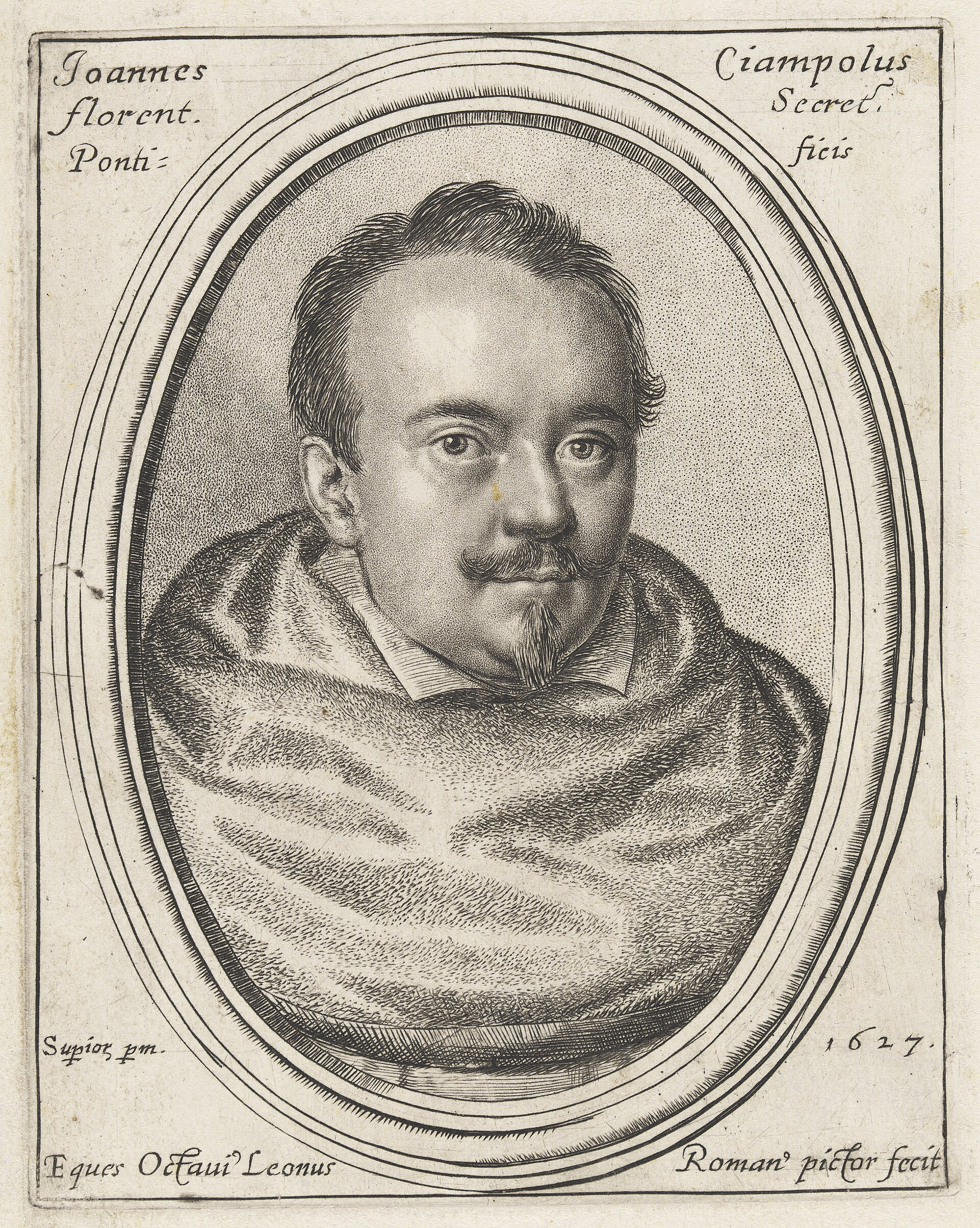
Evangelista Torricelli (1608–1647) stands out as a significant individual in the realms of physics and mathematics, frequently acknowledged as part of the Galilei-Castelli mathematical school. Although not as widely recognized as figures such as Galileo or Newton, Torricelli’s contributions, especially the invention of the barometer, are vital.
Born in Faenza, Italy, Torricelli commenced his education under the guidance of his uncle, a Benedictine monk, which eventually brought him to Rome to learn from Benedetto Castelli, a disciple of Galileo. During this time, Torricelli also studied alongside Bonaventura Cavalieri and forged friendships with other students of Castelli, including Raffaello Magiotti and Antonio Nardi.
After engaging in correspondence with Galileo in 1632, Torricelli worked with him from 1641 until Galileo’s passing in 1642, resulting in his selection as court mathematician in Florence under the Medicis’ patronage. He stayed in Florence until his premature death at thirty-nine years of age.
Torricelli’s Opera Geometrica (1644) was the only book he published during his lifetime, significantly bolstering his reputation as a foremost mathematician. It contained his comprehensive studies on the geometry of solids of revolution and the principles of projectile motion, furthering Galileo’s discoveries. A celebrated example from these writings is the analysis of a figure now referred to as Gabriel’s Horn, showcasing his understanding of the paradox of a shape with infinite surface area yet finite volume.
Torricelli is most famously associated with his research on the barometer. Building on the work of others, he proposed that it was atmospheric pressure, rather than the horror vacui (fear of voids), that upheld a column of liquid in a tube, leading to the experimental development of his mercury barometer. This discovery not only introduced a novel instrument for measuring atmospheric pressure and forecasting weather variations but also provided crucial insights into the characteristics of air and its qualities.
Although much of Torricelli’s research was disseminated posthumously through letters and manuscripts, his influence on the scientific community of the seventeenth century was profound, impacting subsequent calculus pioneers and enhancing the comprehension of atmospheric science.